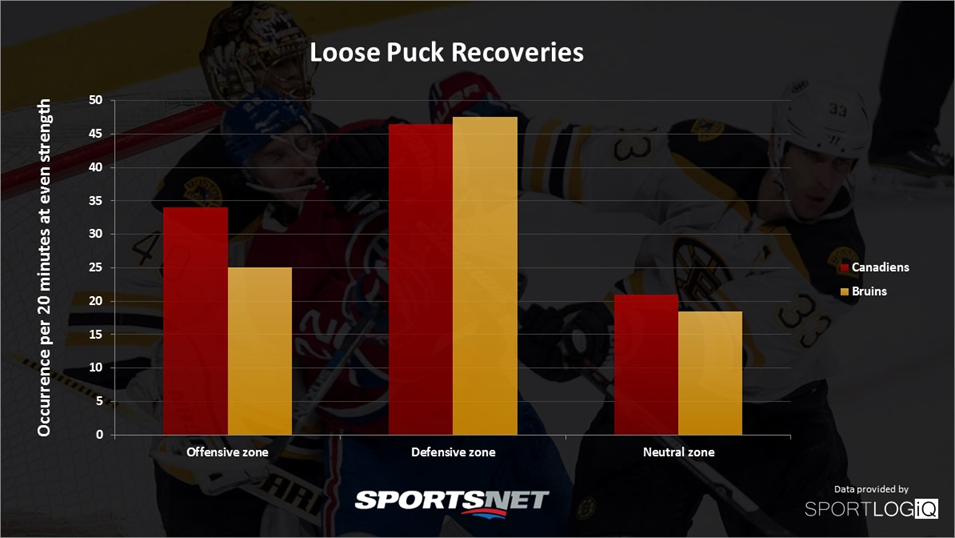Soon the Montreal Canadiens and Boston Bruins will take to the ice at Gillette Stadium in Foxborough, Massachusetts to play in the NHL’s 2016 Bridgestone Winter Classic on New Year’s Day. The everlasting rivalry between the two clubs was expected to take a dip this year with the departures of Milan Lucic and Brandon Prust from each team, two players who were very involved in the physicality that was a hallmark of these games in recent seasons. But so far this season, there has been no lack of fire between the teams.
The Winter Classic changes the dynamic in a big way though, because unlike in a controlled indoor environment, you can’t really make many of those nice plays that you expect from the most skilled players on the ice. The quality of the ice is very different; the puck doesn’t travel smoothly over outdoor ice, which negatively impacts both passing and puckhandling.
Winter Classic Live: Latest news, videos, social content
So what happens to the style of play outdoors? There is a lot more dumping of the puck, a lot fewer long passes, much less deking, and far more puck battles. Outdoor games are chippy, gritty affairs with very few pretty goals. So which team has the advantage?
To figure this out, we’ll look at two different areas of play; how successful both the Bruins and Canadiens are at transitioning the puck through dump outs and dump ins, and how often they win puck battles in each zone. To look at puck battles, we’re going to examine loose puck recoveries, which are changes in possession of the puck.
In terms of dumping the puck, the Bruins and Canadiens are very different, but possibly evenly matched. Montreal dumps the puck out of their zone significantly more often and more successfully than the Bruins do, while the Bruins dump the puck in more often and more successfully. What’s important to note is that a successful dump in or out does not mean the puck was recovered, only that the zone was gained, or cleared. That’s why loose puck recoveries are so important to this analysis.
In terms of winning loose pucks, the Canadiens begin to pull away from the Bruins a bit. While the Bruins dump the puck into the offensive zone more often than the Canadiens do, they win those loose pucks far less often. This would suggest that the Bruins’ forecheck isn’t very good overall, and may be a problem for them in this format.
Conversely, both teams are above league average in recovering loose pucks in their defensive zones, with the Bruins being slightly better than the Canadiens. However, where the game may be decided is the neutral zone. There, the Canadiens are the best in the league in recovering loose pucks in general, and specifically recovering pucks that were dumped out of their own zone, which is how the team normally transitions the puck up the ice.
In regular games, this is an awkward, inefficient way to go about transitioning the puck up the ice, but for an outdoor game this plays heavily to Montreal’s advantage.
Anything can happen in a single game, but heading into the Winter Classic, it seems like the Canadiens have a slight advantage in the way the game is likely to be played, thanks to a superior forecheck, and a unique style of transition that lends itself well to outdoor play.










